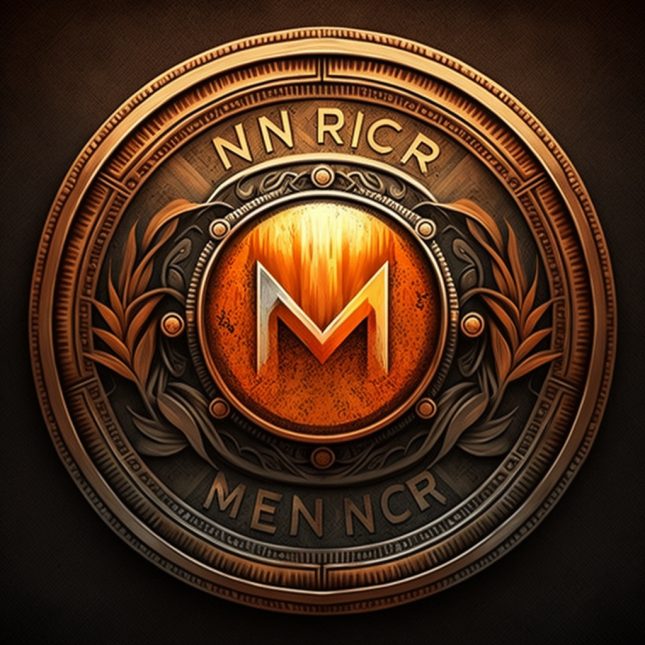Monero is a privacy-focused cryptocurrency that can be used to send and receive payments without revealing the sender, recipient, or amount of the transaction. This makes it a valuable tool for promoting financial inclusion and equal access, as it can be used by people who are unable to access traditional financial services due to their personal circumstances or location. Read More
Monero transactions come with network fees.
We’ll describe Monero network fees, explaining what they are, how they work, and how to optimize them. Read More
Creating a Monero fee calculator involves some programming knowledge and access to real-time Monero network data.
Here’s a high-level overview of the steps to create one: Read More
To estimate the fee for a Monero transaction, you can use a Monero wallet that provides a fee estimation feature.
Follow these general steps:
Read More
Monero, renowned for its robust privacy features, employs a unique approach to transaction fees, distinguishing it from other cryptocurrencies. Unlike fixed-fee structures, Monero’s fees are dynamic, adapting to the network’s current demands and the size of each transaction. This flexibility is crucial in maintaining Monero’s efficiency and scalability, especially given the larger transaction sizes due to its privacy enhancements. Read More
The rise of Monero, a privacy-focused cryptocurrency, has the potential to disrupt and challenge traditional financial institutions and regulators in several ways.

Monero is a privacy-focused cryptocurrency that is often used for storing large amounts of value. One of the most secure ways to store Monero is to generate a paper wallet offline.
A paper wallet is a physical copy of your Monero wallet that is not stored on a computer or other electronic device. This makes it much more difficult for hackers to steal your funds. Read More
Monero Transaction Explorer is a website that allows you to verify Monero transactions and confirmations. To use it, you will need to know the transaction ID or the address of the sender or recipient.
Once you have the transaction ID or address, you can enter it into the search bar on the Monero Transaction Explorer website. The website will then display information about the transaction, including the sender, recipient, amount, and number of confirmations. Read More
If you are interested in mining XMR, also known as Monero, you might be wondering what kind of hardware you need to get started. XMR is a privacy-focused cryptocurrency that uses a proof-of-work algorithm called RandomX, which is designed to be resistant to specialized mining devices such as ASICs. This means that you can mine XMR with your CPU or GPU, as long as they meet the minimum requirements.
We will explain the pros and cons of different types of XMR mining hardware, and how to choose the best one for your needs. We will also give you some tips on how to optimize your mining performance and profitability. Read More
If you are looking for a way to earn some passive income with your spare computing power, you might want to consider mining XMR, or Monero, a privacy-focused cryptocurrency that is resistant to ASICs and can be mined with CPUs and GPUs.
In this blog post, I will show you how to build your own XMR mining rig from scratch, with a budget of around $1000. Read More
